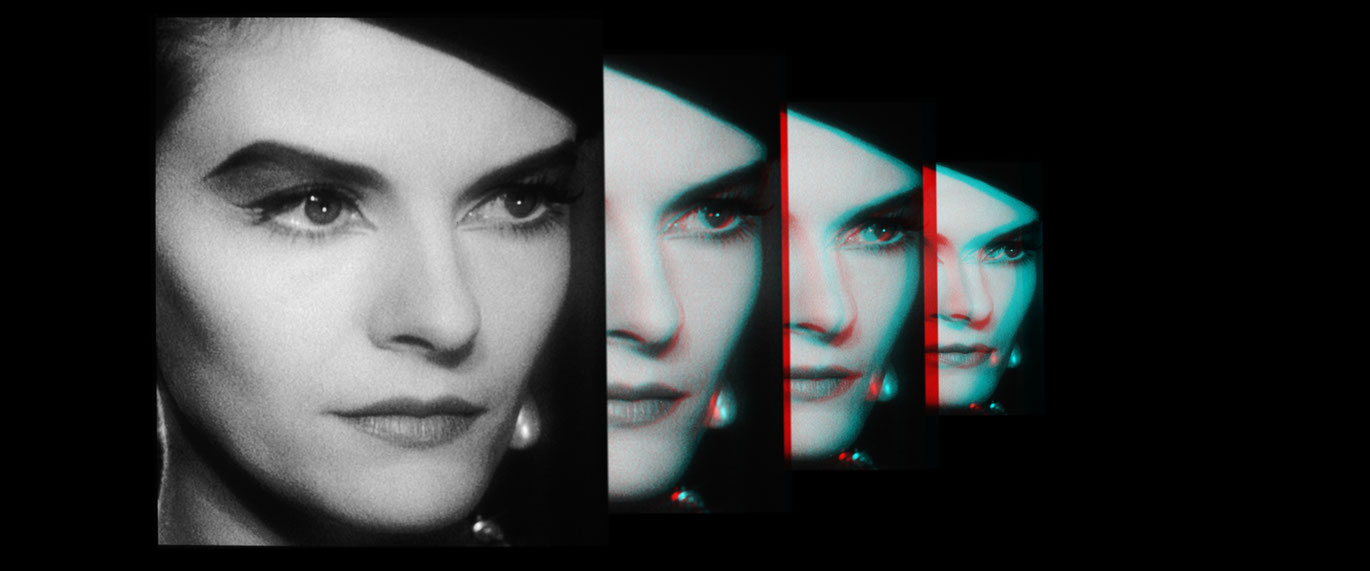Back Track
An extraordinary production process always plays a central role in Virgil Widrich’s short films. While Copy Shop (2001) was constructed out of thousands of photocopies, it was also strongly distinguished by its story – and promptly garnered an Oscar® nomination. Meanwhile, Fast Film (2003) exhibited a heightened complexity both of in terms of story as well as production technique. Thousands of individual film frame fragments were photocopied onto paper, resolving into cohesive images once folded into origami-like objects, subsequently photographed and animated to tell the story of the film. With Back Track, Widrich now joins Ken Jacobs among the select few pioneers of 3-D found footage cinema. Back Track is a showpiece of technical brilliance involving a highly complex story woven out of images and sounds from over 25 feature films. We peer into a space of floating, three-dimensional screens that merge, layered atop and made to glide over one another. Various found footage scenes are projected onto as many as seven movable, semi-transparent panes of glass at once, while a computer-guided camera photographs them frame by frame and translates the imagery into a three dimensional spectacle. At the same time, a host of lovingly constructed props introduce analog components that flit through this digitally Burroughsian cut-up cosmos of Widrich’s conjuring. The plot is seamlessly interwoven, narrated by an off-screen voice entirely in keeping with the film noir tradition to which Back Track is evidently deeply committed: a woman; several men (a writer, a womanizer, a criminal?), each hopelessly under the spell of the siren-like lady. Ultimately they all meet in a house full of mirrors where time seems to stand still, the scene culminating in a showdown that leaves three dead and the storyteller perplexed: “The more you look, the less you really know.”
Back Track presents itself as yet another work of bravura by one of Austria’s most inventive filmmakers, his ingeniously intricate ideas ever a source of newfound pleasure. (Peter Tscherkassky)
Translation: Eve Heller
Virgil Widrich compiles film excerpts from the 1950s and 1960s and translates the resulting remix of images through multiple projections on mirror and canvas constructions into a handbuilt three-dimensionality. The visual levels collide (physically), and dream and reality superimpose and dissolve: an audiovisual hall of mirrors in ragingly beautiful black-and-white. (Sebastian Höglinger, Diagonale, Katalog des österreichischen Film)
Back Track
2015
Austria
7 min

